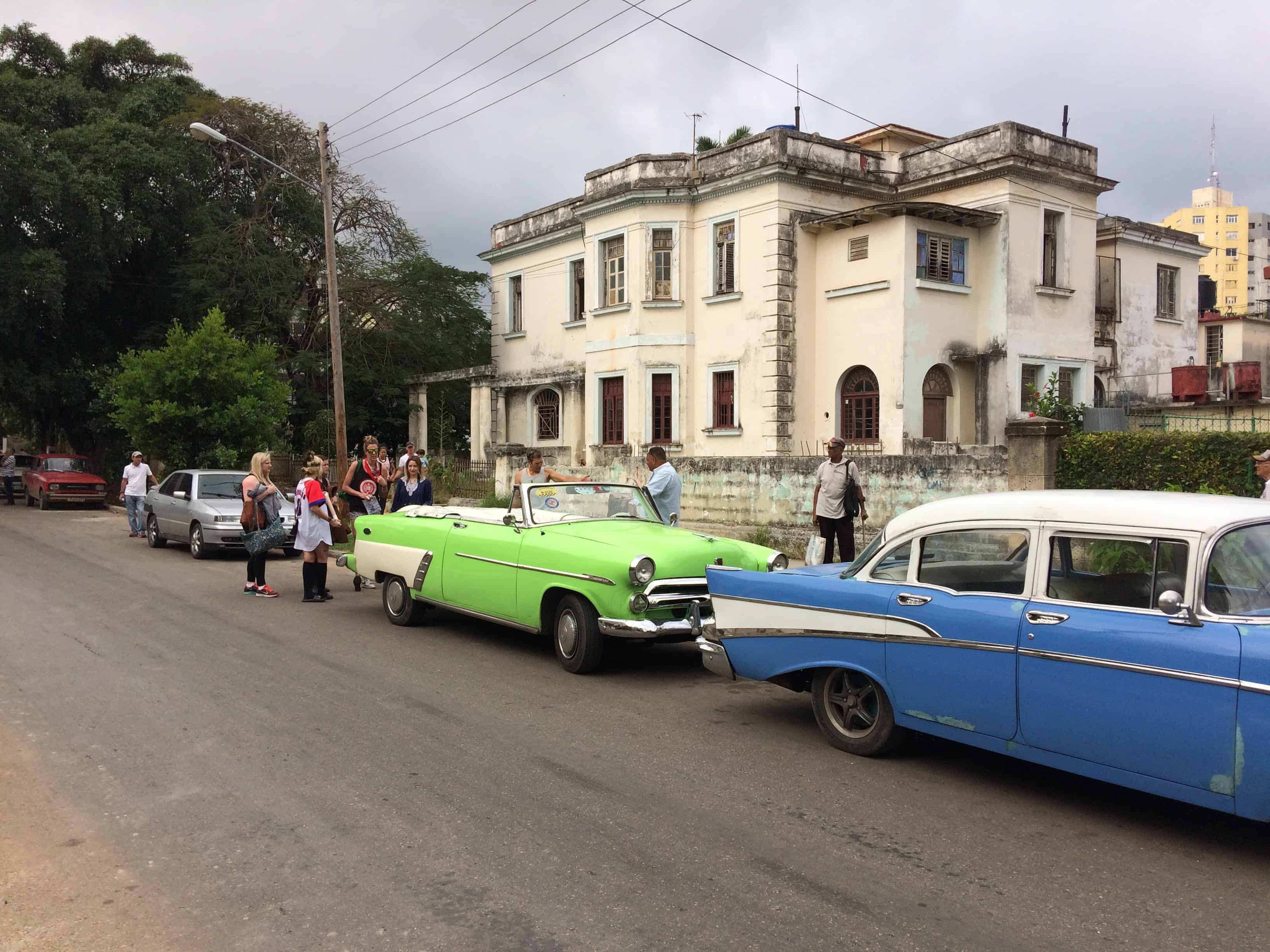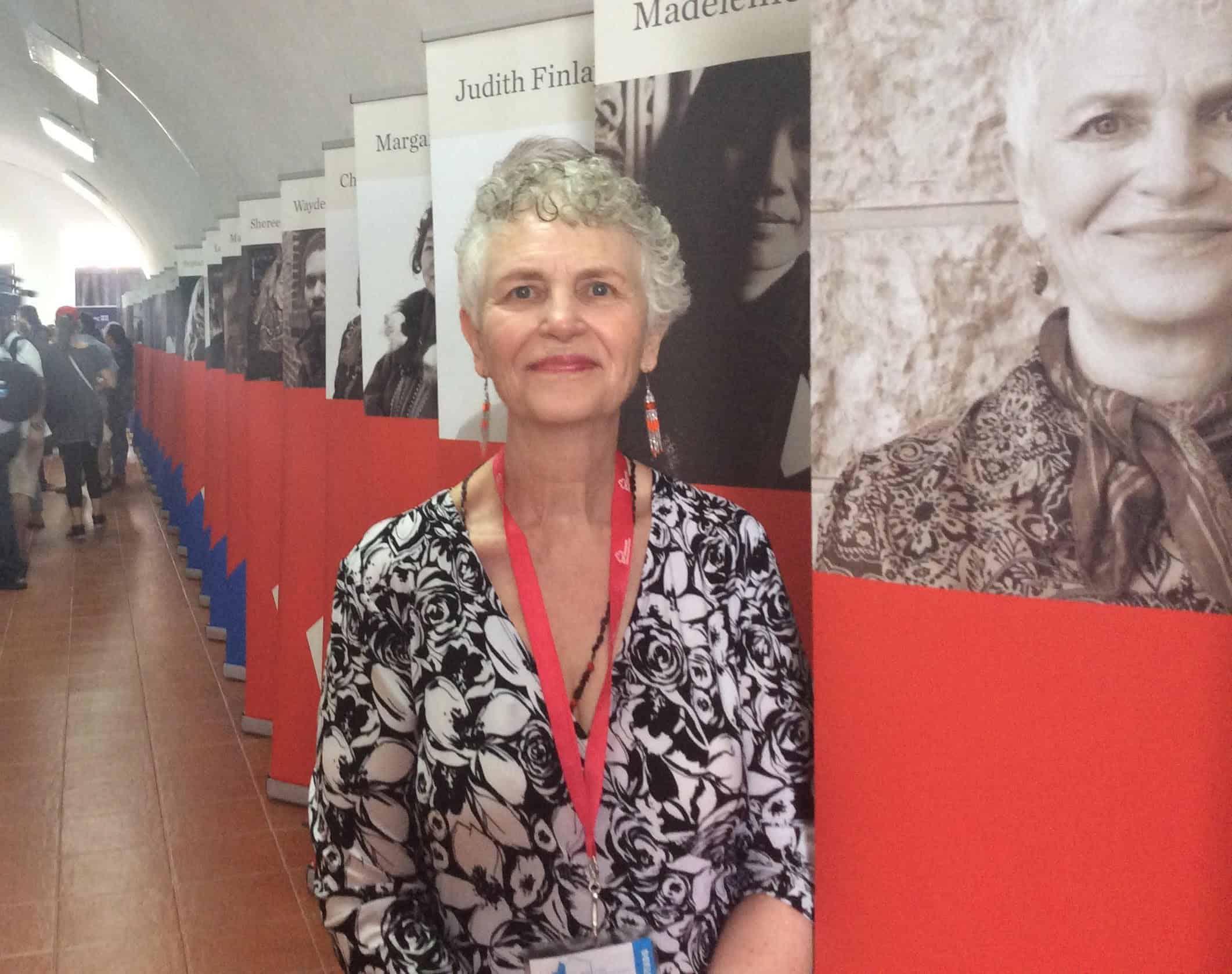Comparing communities of two different cities
Travel is eye-opening. You’re in a new place and you can’t help comparing it to home.
When I went on a recent working trip to Havana, Cuba, it made me see our neighbourhoods in a new light. A better light. And it made me angry some people still think we live in a questionable part of town.
In Havana, I stayed in Vedado, a residential area more than 150 years old. I was in Cuba to attend the Havana International Book Fair, representing books written by my late partner, Cree author Larry Loyie. I was invited as the co-author by the Canada Council for the Arts to attend on Larry’s behalf.
Most of the authors stayed in big hotels. I chose to stay in Vedado at Casa Margarita, the Cuban equivalent of a B&B.
Every day for more than a week, I walked 27 blocks to catch the shuttle bus to the Fortress of San Carlos de la Cabaña, the 254-year-old former Spanish fort and the site of the book fair.

I had plenty of time to get to know Vedado and how it fared as a community.
First of all, life happened on the street. People stood by their front gates talking in groups. Home-based businesses transformed house fronts every morning, selling baked goods, sandwiches, or coffee. Students ate their lunches sitting on the sidewalk. Everyone walked. Roosters, dogs, and cats paraded on the sidewalks as well.
In Cuba, people sleep indoors, but live outdoors. Why stay inside? It’s cooler outside. Television channels are limited and electricity is expensive. Cell phones are not everyday items. Few Cubans have Internet. Even the big hotels have problems sustaining wireless Internet.
I also noticed if you wanted something, you went out into the street to find it. Valentine’s Day was a great example of a world without the web.
One morning, as I headed out at 8 am to walk downtown, I was surprised to see a couple holding hands. This was a first. I remembered suddenly it was Valentine’s Day. Then another couple, and another. Cubans take Valentine’s Day seriously.
A woman walked by carrying a fancy cake on a platter. She was smiling. The cake was decorated with white icing and pink sugar roses. No box, just the cake on a platter. Don’t trip on the wonky sidewalk, I thought.
A few blocks on and I saw half a dozen men, young and old, crowding around a parked car. Looking closer, red roses flashed. The street flower vendor was doing a brisk Valentine’s Day business out of his car.

I loved the street scene in Vedado. It felt comfortable, sociable, and on a human scale.
Back in Edmonton, I see 118 Avenue and its neighbourhoods with fresh eyes. We have so much here to praise and enjoy.
We have cafés, shopping, an art centre, a community centre, and a major recreation facility. We have schools, parks, and family water features. We have the Rat Creek Press sharing our stories and alerting us to neighbourhood news. Plus, we have our festivals to celebrate.
For a big event in Cuba such as the book fair, everyone comes out. In 10 days, more than one million people of all ages showed up. They streamed in on foot, in overcrowded public transit, and in taxis of all vintages.
We may not get one million attendees, but we share the same feeling of excitement and pleasure from our street festivals. We get to know our neighbours by enjoying events in both winter and summer. Good feelings emerge.
Merriam-Webster’s online dictionary defines a neighbourly relationship as “a close feeling of brotherhood.” Our street festivals, and all that our area has to offer, enhance our togetherness.
After all, community in Vedado is not so different from ours. We haven’t let the digital revolution steal our positive relationship with our surroundings. In fact, the web and email help us connect, especially when winter reduces our mobility.
Canadian diplomat Hilary Syme, based in Havana, told me, “The beauty of Vedado is that it doesn’t know how cool it really is. It’s got a bit of everything and everybody. Life is going on in the street.”
Doesn’t that describe our 118 Ave neighbourhoods as well?
Let’s speak up for what we have. It’s time to let the rest of Edmonton know we have worked hard to create a liveable area. We may not have year-round summer, but we have the warmth of our community activities year round.
Header image: Author Constance Brissenden inside the Canada pavilion at the 2017 Havana International Book Fair. | Luc Chartrand







